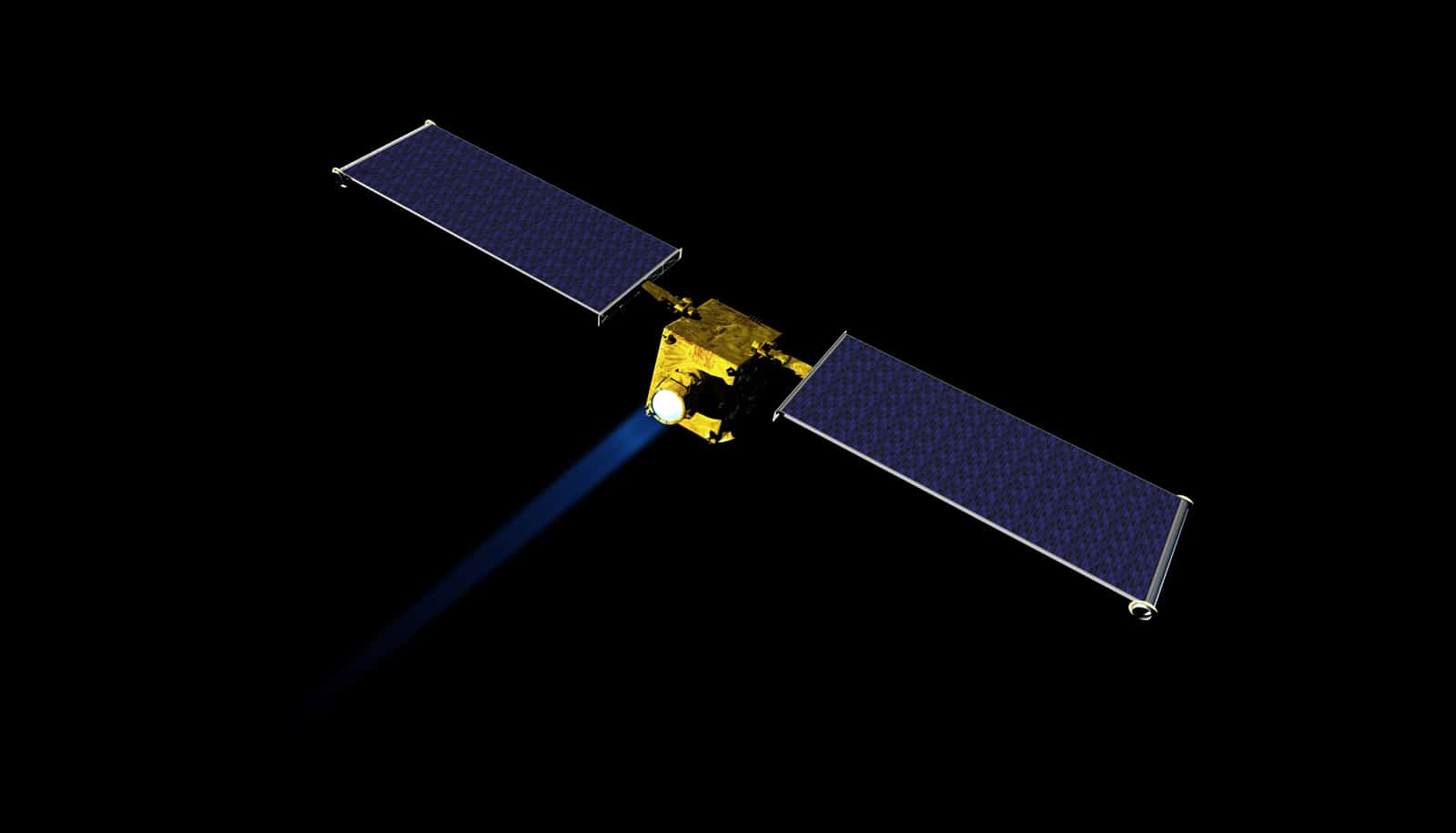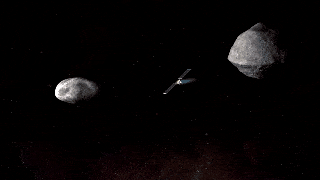NASA has given the go-ahead for work to design a spacecraft that will test nudging an Earth-threatening asteroid out of its menacing orbit.
The space agency’s OK kicks off the preliminary design phase for DART, the Double Asteroid Redirection Test mission.
“DART is a critical step in demonstrating we can protect our planet from a future asteroid impact,” says Andy Cheng. He is co-leader of the project at the Johns Hopkins University Applied Physics Laboratory, which would build the spacecraft and manage the mission if it goes ahead.


“Since we don’t know that much about their internal structure or composition, we need to perform this experiment on a real asteroid,” Cheng says. “With DART, we can show how to protect Earth from an asteroid strike with a kinetic impactor by knocking the hazardous object into a different flight path that would not threaten the planet.”
DART’s planned target is an asteroid headed for a distant, safe approach to Earth in 2022 and another in 2024. The asteroid is called Didymos—Greek for “twin”—because it’s an asteroid binary system that consists of two bodies: Didymos A, about a half-mile (780 meters) in size, and a smaller asteroid orbiting it called Didymos B, about 530 feet (160 meters) in size. DART would impact only Didymos B.
The Didymos system has been closely studied since 2003. The primary body is a rocky S-type object, with composition similar to that of many asteroids. The composition of smaller Didymos B is not known, but its size is typical of asteroids that could create regional effects should they impact Earth.
After launch, DART would fly to Didymos and use an onboard autonomous targeting system to aim itself at Didymos B. The refrigerator-sized spacecraft would strike the smaller body at approximately 3.7 miles per second, nine times faster than a bullet. Earth-based observatories would watch the impact and track the resulting change in the Didymos B orbit around Didymos A, allowing scientists to better assess kinetic impact as an asteroid mitigation strategy.
Kinetic impact is meant to change the speed of a threatening asteroid by a small fraction of its total velocity, but well before the predicted Earth collision so that the small nudge adds up over time to a big shift in the asteroid’s path.
Small asteroids hit Earth almost daily, breaking up harmlessly in the upper atmosphere. Objects large enough to do damage at the surface are much rarer.
Asteroids bombard Earth in a totally random way
Objects larger than 1 kilometer in diameter—large enough to cause global effects—have been the focus of NASA’s ground-based search. DART would test technologies to deflect objects in the intermediate size range—large enough to do regional damage yet small enough that there are many more that have not been found and could someday hit Earth. NASA-funded telescopes and other assets continue to search for these objects, track their orbits, and determine if they are a threat.
To assess and formulate capabilities to address these potential threats, NASA in 2016 established its Planetary Defense Coordination Office, responsible for finding, tracking and characterizing potentially hazardous asteroids and comets, issuing warnings about possible impacts, and assisting plans and coordination of US government response to an actual impact threat.
Source: Johns Hopkins University



